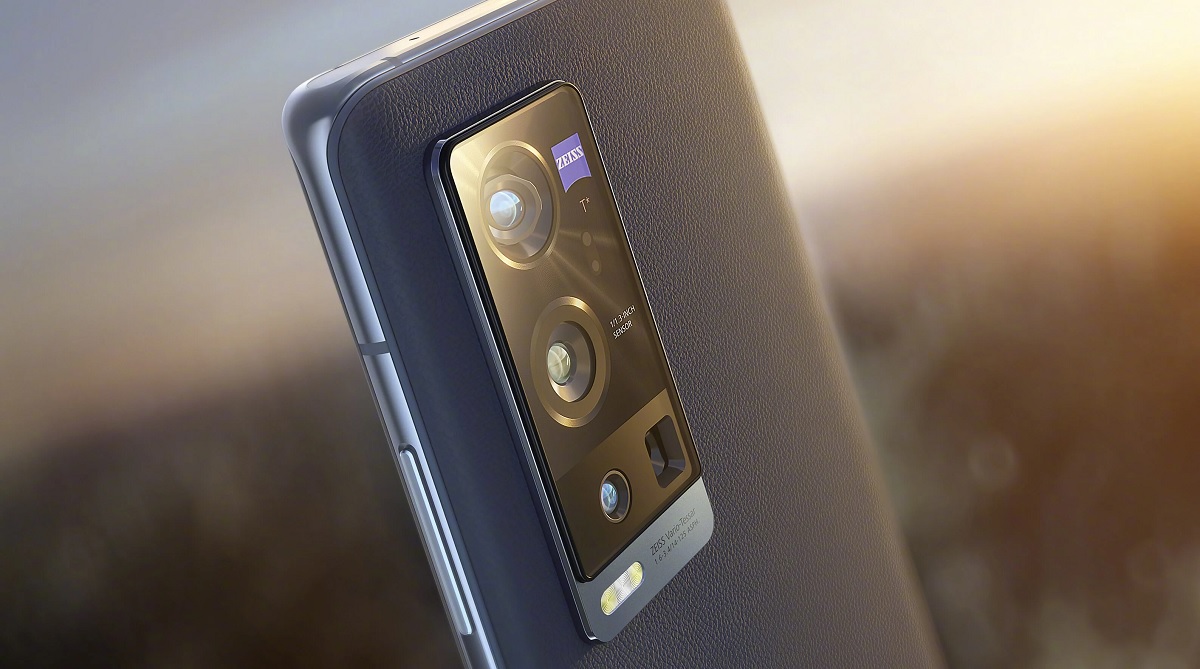



The Vivo X60 Pro Plus is Vivo’s new high-end, which we can see in Spain in 2021. This smartphone stands out for its power and its cameras, for those who have trusted Zeiss, one of the most respected firms in the market. In its specifications we find that it makes use of Zeiss T * coating, a technology that many do not know.
T * coating is a proprietary technology of the firm, which promises to be one of the keys in the cameras of this new Vivo X60 Pro Plus or other mobiles that use it. For those who do not know what this Zeiss technology is, the firm itself explains more about what it is and how it works.
Vivo wants to be a reference in photography and partners with ZeissThe manufacturer Vivo has confirmed the rumored alliance with the photographic company Zeiss to improve the cameras of its next mobiles.
Zeiss and Vivo have already announced their union for months on these phones, something we have seen in their presentation. With this technology, the firm seeks put an end to sparkles and so-called ghost images (ghost images or ghosting in English). They are unwanted when it comes to taking photos, which is why the company created perfect anti-reflective coatings that eliminate these problems.
Ghosting, also known as ghosting, It is a fairly common effect when taking HDR photos
. This effect consists of a kind of repetition of an element that has been moved during bracketing. It is called this way because when juxtaposing those photos with different exposures (the HDR mode) the moving element seems to have a ghost behind it.
The type and quality of the ghost effect is something that depends on the situation, especially lightingIf there is a bright light source, it is possible to obtain such an effect over a large area in the photo. Zeiss T * coating technology, like the one used in Vivo, seeks to put an end to this effect and make a difference in those photos.
A high dynamic range scene you risk getting that ghost effect, due to the light reflecting off the highlighted areas in that image. The HDR mode is a good help in reducing this effect, although what is needed is that there is something in the camera itself, physically, to obtain the best result. This is what Zeiss does with those lens coatings, its T * coating, which are essential in HDR photos.
This is where the Zeiss T * coating comes in, which is basically that coating. Its presence makes it almost completely eliminate unwanted effects of that ghost effect, like reflections. The brand has been launching camera lenses that use this anti-reflective technology, so that high dynamic range scenes are obtained without this effect. It helps guide the light transmission properly. Now, they also bring their T * coating to the new Vivo smartphone.
The Vivo X60 Pro Plus is a smartphone in which the Chinese phone manufacturer has collaborated with Zeiss for its cameras. In this mobile we find the T * coating from the firm, designed to help guide the transmission of light through the camera lens. This is something that will reduce ghosting or unwanted reflections in photos. It will make a clear difference in the quality of the photos that are taken with this mobile.
Before the presentation of the phone, photos taken with it were already shown, where you can see the usefulness of this T * coating, by reducing reflections or unwanted light effects in photos. This will allow you to take photos in HDR with the best possible quality with this new high-end.
The entry What is the Zeiss T * coating that Vivo uses in its cameras appears first in The Free Android.
Exploring the Top 5 Voice AI Alternatives: What Sets Them Apart?
How iGaming Platforms Ensure Seamless Integration of Casino Games and Sports Betting?
The Rise of Spatial Computing: Evolution of Human-Computer Interaction
Data Loss on Windows? Here's How Windows Recovery Software Can Help
Integrating Widgets Seamlessly: Tips for Smooth Implementation and Functionality